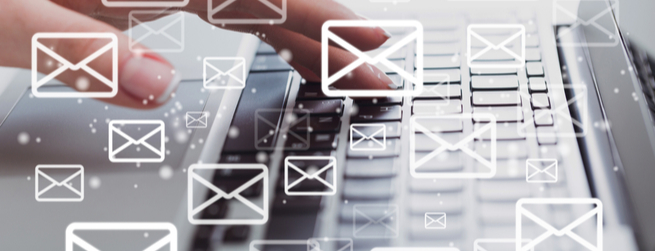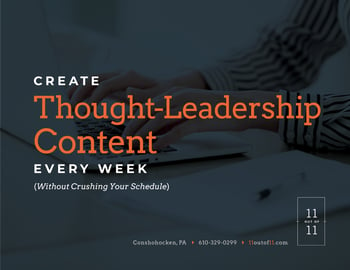Using an email campaign to market your company is an effective strategy for converting leads into customers. By appealing to your prospects’ interests through helpful content that’s delivered directly to their mailboxes, you can start meaningful conversations with them that can persuade them to buy.
Yet, a number alone won’t adequately answer your question about how often you should email your marketing list. There’s much more to the email campaign process than writing an email and hitting send. The structure of email campaigns is so important for their success that there’s a name for it: email cadence.
In this article, we discuss the components of email cadence and how it will help you calculate the perfect frequency for each of your marketing email campaigns.
What Is Email Cadence, and Why Is It Important?
We like HubSpot’s definition of email cadence: “The pulse, pace, and playbook of a successful email campaign. Email cadence is essentially the rhythm of an email campaign. It’s the order and timing you use to strategically send emails with content that specifically suits prospects and customers at certain points in their buyer’s journey.”
Email cadence directly affects the success of email campaigns. If people feel pestered by too many emails from you or put off by irrelevant email content, they will likely hit delete before clicking open. The goal of an effective email cadence is getting the right kind of emails to the right prospects at the right time to make an impact.
How do you decide? We share the best practices that ensure your next campaign’s email cadence will help you achieve your marketing goals.
5 Steps for Perfect Email Cadence Every Time
1. Decide on the end goal of each email marketing campaign.
An email cadence is designed to guide buyers from where they are now to where you want them to be. That goal will dictate your cadence strategy.
Do you want to improve traffic to your blog? Qualify leads? Leverage gated content? Close deals? Each of these end goals requires a different email cadence.
2. Determine where your prospects are on their buyer’s journey.
As a refresher, the buyer’s journey has three stages: Awareness, Consideration, and Decision. During these different stages, your prospects become aware of, evaluate, and decide to purchase a new product or service from you. Within each stage, your prospects need relevant messages that will help them in their decision process. The same message for every stage won’t resonate with every prospect.
This step also enables you to take advantage of email marketing automation, which helps with tailoring email content and timing to suit the different stages of buyers’ behavior and interests.
3. Greet recipients by name.
If you’re starting a meaningful conversation with someone, they will likely expect you to address them by name. Using the impersonal “Valued Customer” in your email greeting just won’t convince them to click through, which is what your email cadence relies on for success.
Use email software to help you personalize your subject lines, preview text, initial greetings, and email content to cater to specific leads.
4. Strategize the right frequency for your business.
When it comes to email frequency, there’s no one magic number that works for every campaign. It varies from business to business, buyer stage to buyer stage, goal to goal, and service to service.
Generally, the key to email marketing is keeping your prospects engaged with relevant content. So if you’re not consistently sending out emails, you’re probably missing out on sales opportunities. But if your prospects are receiving too many daily reminders and promotions from you, they may get turned off and simply unsubscribe from your mailing list. You need to find a balance.
This means you’ll want to do some email testing, learn from trial-and-error, and study industry averages for email frequency to first determine a place to start, then progress to a good fit for both your business and customer interests.
5. Let your subscribers decide.
Always give your email subscribers the autonomy to control their own email frequency. Include a link in your emails that allows them to update their email preferences as they see fit. Even if they don’t want all the emails you’re sending, they may still want to keep hearing from you. Giving them options may avoid an “unsubscribe.”
11outof11 for Email Marketing
If you need a marketing agency to help with your email cadence and understanding your prospects’ needs, connect with 11outof11. Request a complimentary call with an 11outof11 expert. Contact us to learn more!







.png)






